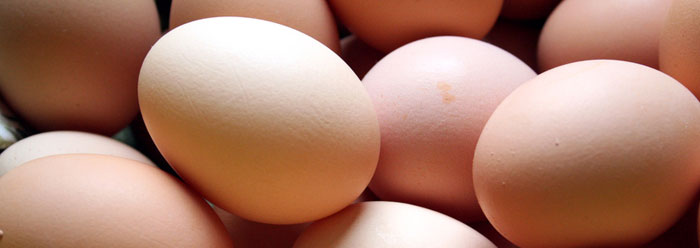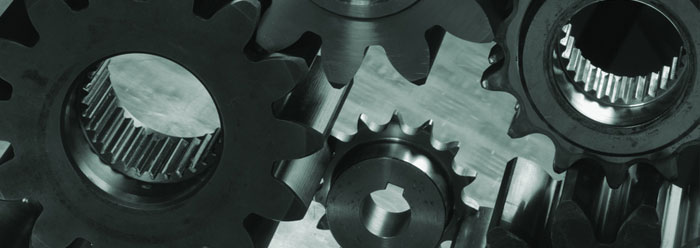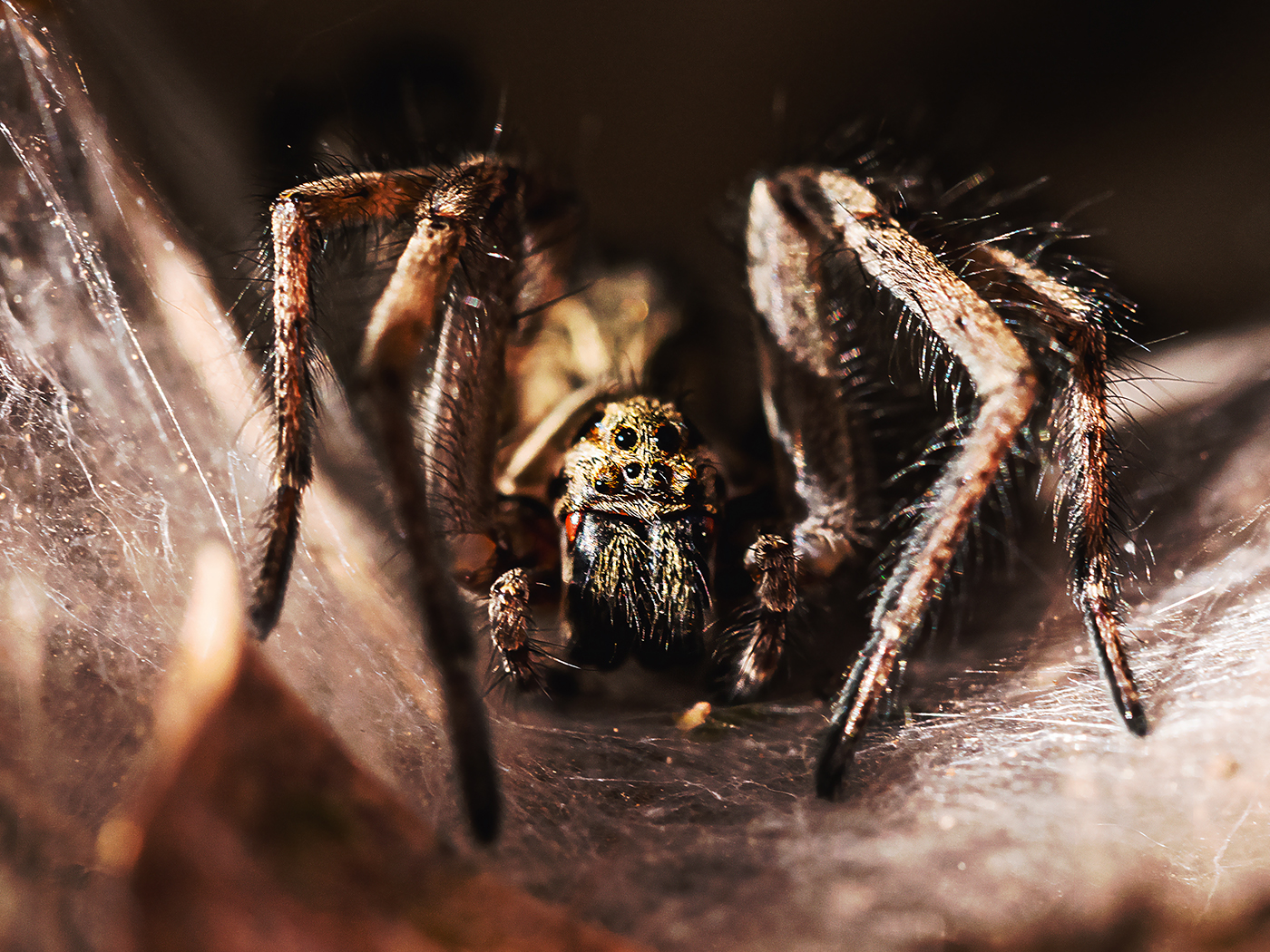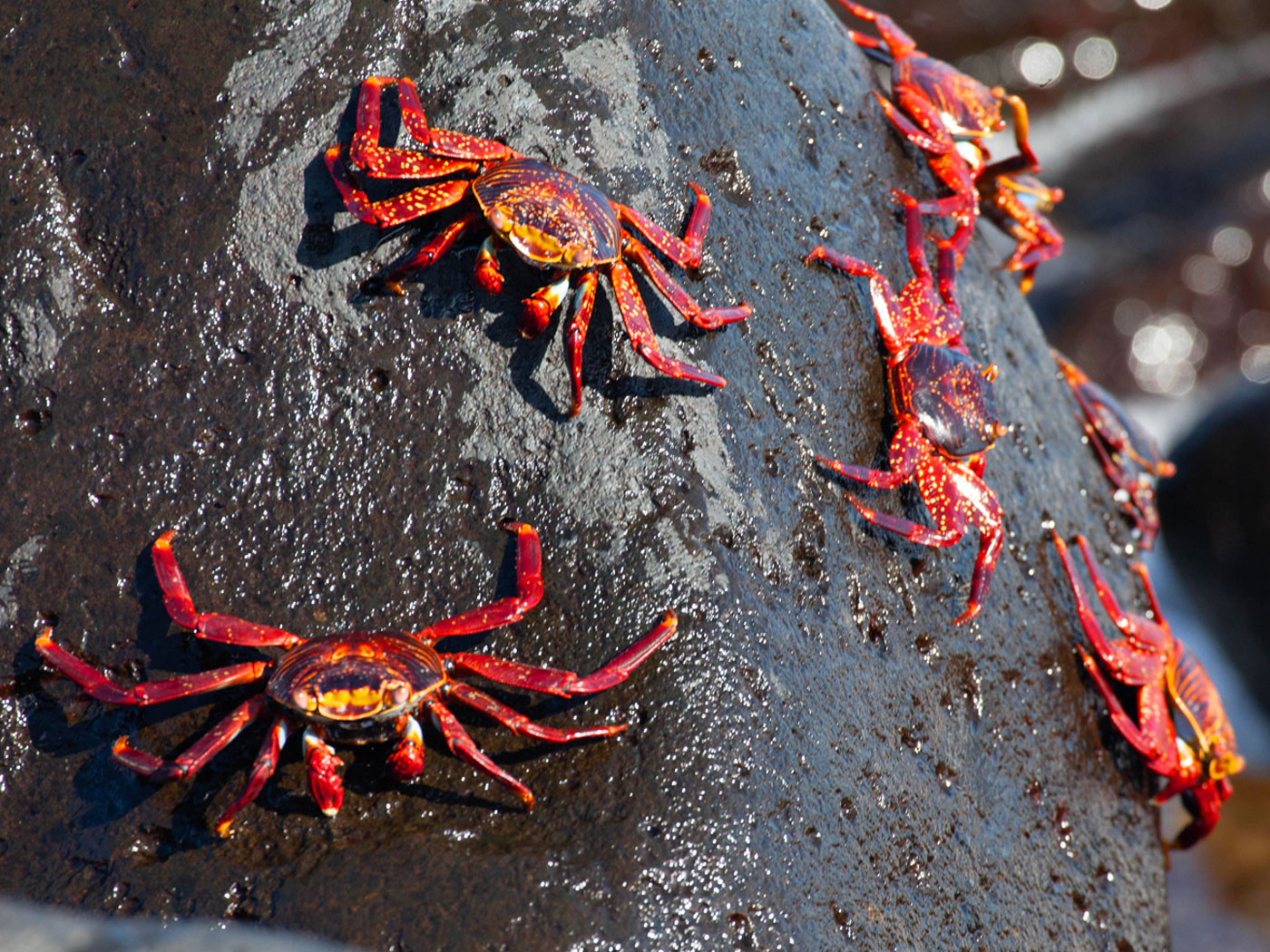Which came first, the chicken or the egg?
Since there could be neither a chicken nor an egg without each already existing in a fully functional state, they both had to have been put in place at the same time. But there are many interdependent parts in the chicken system, and new research has uncovered one of the tiniest--yet most vital--of them.
Investigators at England's University of Warwick and University of Sheffield used a sophisticated computer program to glean insight into how a special eggshell-making enzyme called ovocledidin-17 (OC-17) operates. They already knew that it somehow enabled calcium carbonate to crystallize into the mineral calcite in a controlled fashion. But what they didn't know, and recently discovered, was that the OC-17 proteins do their jobs by physically holding individual calcium carbonate chemicals in place using specialized molecular "fingers."
As soon as enough of the individual chemical pieces begin to adhere, they form a nucleus onto which more calcium carbonate gathers, and the crystal grows. Incredibly, the researchers found that OC-17 proteins are structured so that they always fall away from the calcite after it forms its crystal nucleus. This way, the OC-17 is sure to generate a growing crystal nucleus and is quickly freed to form another one. Without OC-17, chickens would not be able to build their eggs in the short time span of 26 hours. Other birds would have similar problems trying to survive without their version of this egg-forming protein.
Thus, not only is OC-17 phenomenally precise in its chemical interactions, it also facilitates an "incredibly elegant process allowing highly efficient recycling" of itself. These features are indications of an intentional design that is so far in advance of mankind's capacities that it led researchers to marvel at its "elegant and highly efficient methods of promoting and controlling crystallization" in eggshell production.1
The visible parts of chicken eggs provide enough evidence to demonstrate that the chicken-egg reproductive system was clearly designed. For example, the shell and its membrane have just the right thickness to resist crushing and yet to allow gaseous waste to escape during embryonic development.
Similarly, the chalaza, the last component to come out of an opened egg, is necessary to flexibly tether the growing embryo to the inside of the shell so that the embryo stays oriented even when the egg is turned in the nest. And none of these parts would have any use if the hen had not also been endowed with the instinct and ability to brood over her nest, keeping it at constant temperature and humidity for 21 days before the egg hatches into a baby chick.
The discovery of the elegant functional details of OC-17 only adds depth to the all-or-nothing network of interdependent parts that make up a living chicken. Thus, the discovery only adds weight to the argument that chickens began at one time in the past not as another animal that somehow evolved, but as fully formed chickens.
Reference
- Researchers apply computing power to crack egg shell problem. Warwick University press release, July 9, 2010, reporting research published in Freeman, C. L. et al. 2010. Structural Control of Crystal Nuclei by an Eggshell Protein. Angewandte Chemie International Edition. 49 (30): 5135-5137.
* Mr. Thomas is Science Writer at the Institute for Creation Research.
Article posted on July 19, 2010.























